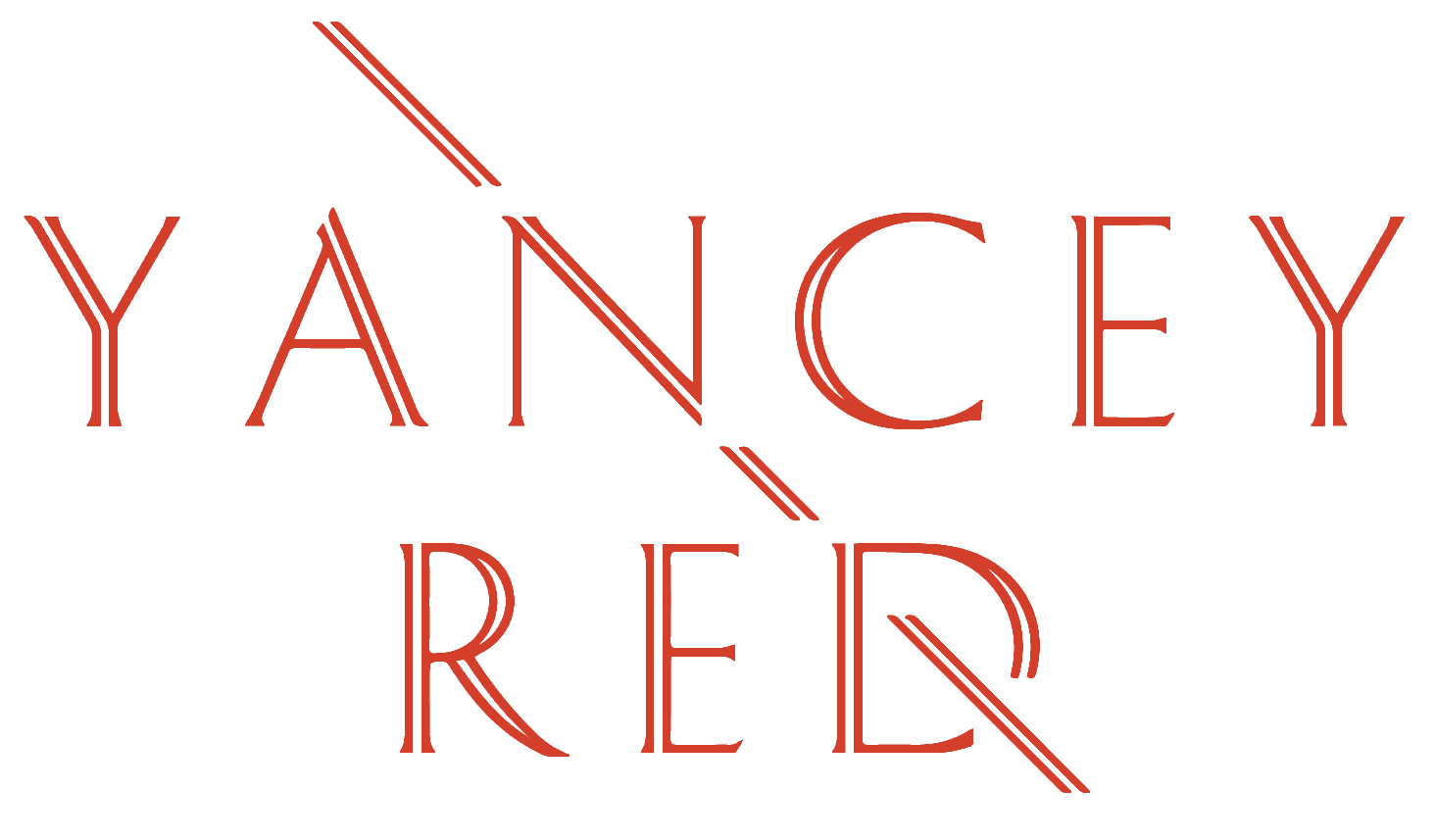Hashtags are a Thing on Social Media
December, 2019
We know you know, but let’s just talk hashtags for a bit.
Social media hashtags build and boost your reach on certain (not all) social media platforms. They are the topping on your post, the roof that seals the deal on your marketing message.
The first hashtag was used by a guy who now proudly owns the title of hashtag inventor on Twitter. It was August 2007, the hashtag was #barcamp, and the world was never the same.
As a business marketer, you want to use hashtags to increase your engagement, get campaign attention, and grow your target audience following.
Hashtags aggregate posts from everyone on a platform (privacy setting must be open on certain social channels), allowing people who are using a hashtag as a search term to find these similar posts.
Now, you don’t want to use hashtags on every platform. At least not unironically.
Twitter - This is the social media platform where hashtags were born. Tweets that contain a few hashtags tend to see improved reach over tweets without hashtags.
Instagram - For sure, this is our favorite social media hashtag platform. Currently, you can use up to 30 hashtags per Instagram post. Don’t feel the need to fill the deal, just use what works for each unique post.
Facebook - This is the platform where businesses use hashtags, but really shouldn’t. What often happens is folks duplicate their Instagram posts to Facebook, hashtags and all. We can compose an entire blog post about why you shouldn’t do this, but for now just take our word for it - Don’t duplicate your Instagram post to Facebook. Hashtags do not serve a purpose on Facebook, except when you want to be funny.
Pinterest - So many people don’t realize that hashtags win on Pinterest. Power Pinterest users take advantage of hashtags on the descriptions of their pins and can significantly grow their following. Use them here. Pinterest is a search engine and hashtags help people find your business.
LinkedIn - Yup, another great platform to use hashtags. Be conservative with your use of them on LinkedIn, keeping in mind the professional nature of LinkedIn.
Now that you know your platform hashtag guidelines, here’s how to make it work for your business.
A hashtag is created by using the pound sign (#) in front of a word that does not have spaces or punctuation. Yancey Red breaks hashtag usage into 4 categories:
· Branded
· Industry related
· Topic
· Trending
The branded category of hashtags includes your location. #liveyourred is an example of a Yancey Red branded hashtag. #keepportlandweird is a branded location hashtag. People who live in Portland, Oregon (like Yancey herself) get the reference. Our national clients may not, but that’s okay.
As a social media agency, the list is endless when it comes to industry-related hashtags: #socialmediamarketing #instagram #digitalagency. But are our potential clients going to be looking at those hashtags to find us? Maybe, so we always include a few. But let’s say we’re going after restaurant clients. In this case we’d scour posts and find the hashtags restaurants and their customers are using: #sherryweek #pdxeats.
Now, you gotta make sure your actual content, the post you are writing, is reflective in some capacity of the hashtags you’re using and the client you are trying to reach. Your topic must make sense with your hashtags, at least on some level.
And finally, what’s trending on that particular platform that is reflective of your business? To find this out, do your hashtag research. Some platforms like Twitter show you what’s trending. From there, you can take that insight to other platforms.
Before you start using a hashtag, do your investigating. Hashtags can be added to posts for all sorts of topics you wouldn’t even think of until you took a peek. Make sure you’re ok with it’s usage before you take it on. For example, #liveyourred was often used by an international DJ. While we aren’t fans, we decided it was fine to co-opt this branded hashtag since the DJ’s use of #liveyourred was innocuous and not widespread.
A final tip: Don’t spam with hashtags. No one likes that. #keep #it #interesting, but not like this. #keepitinteresting

